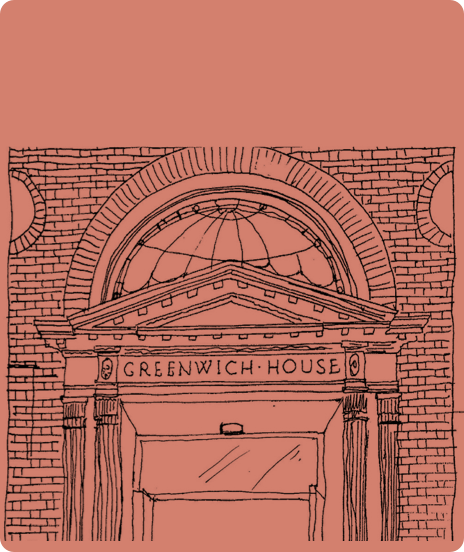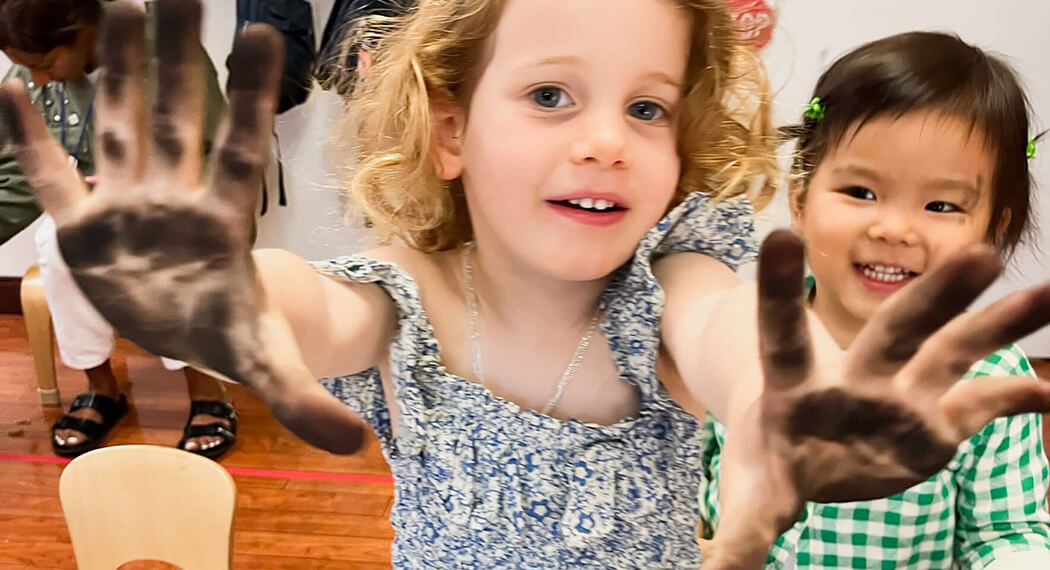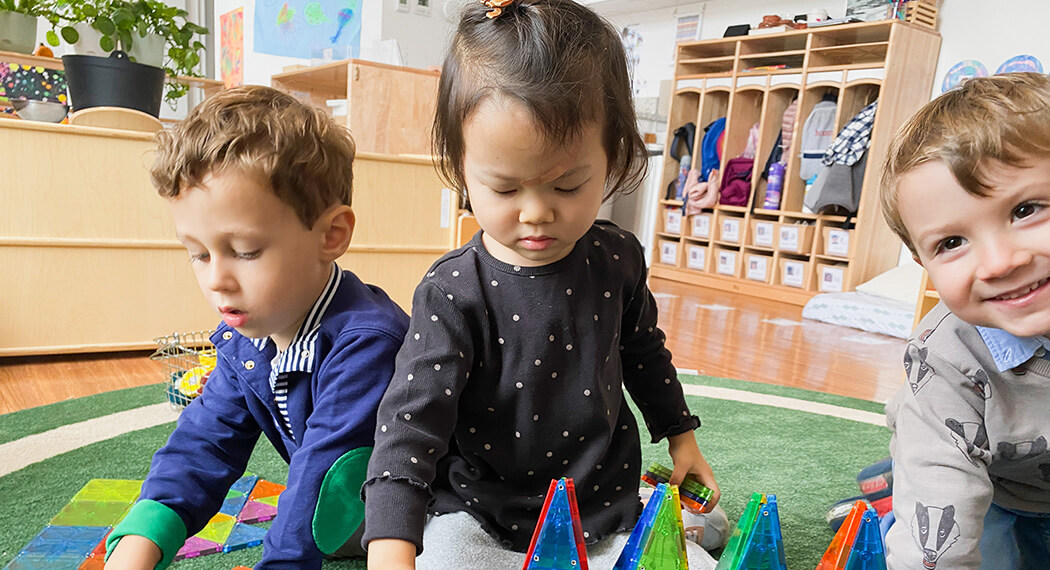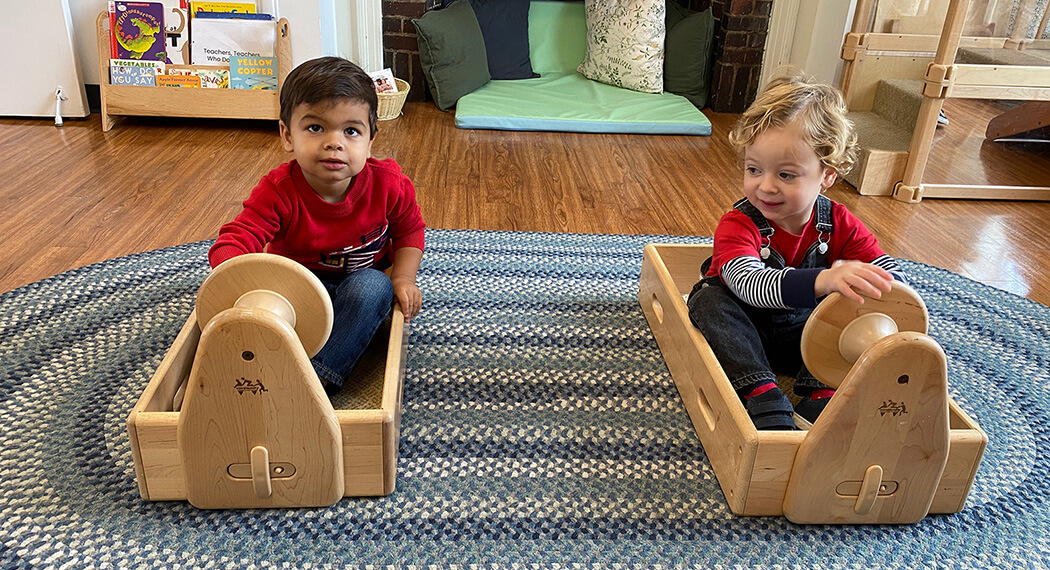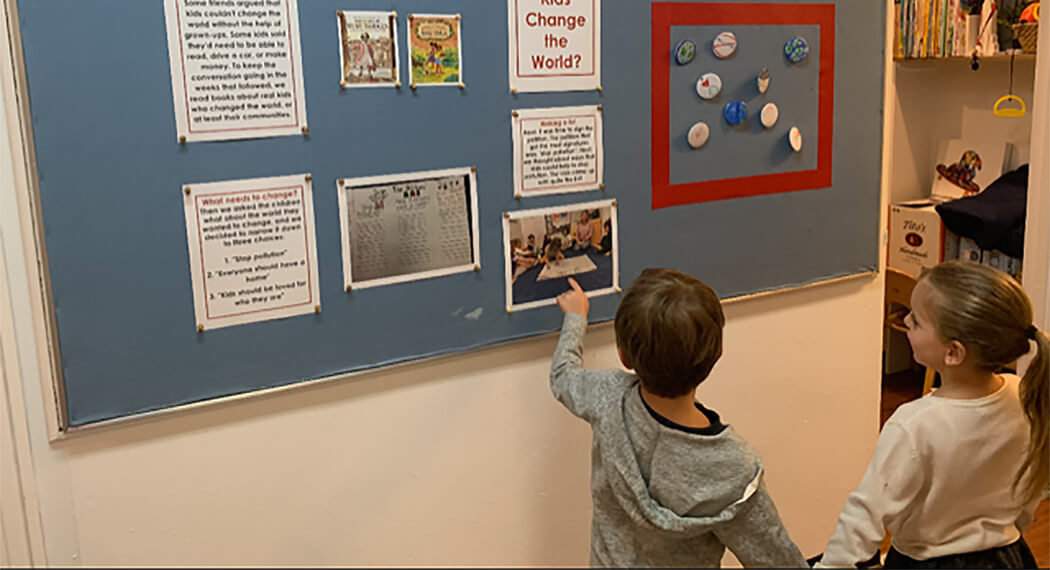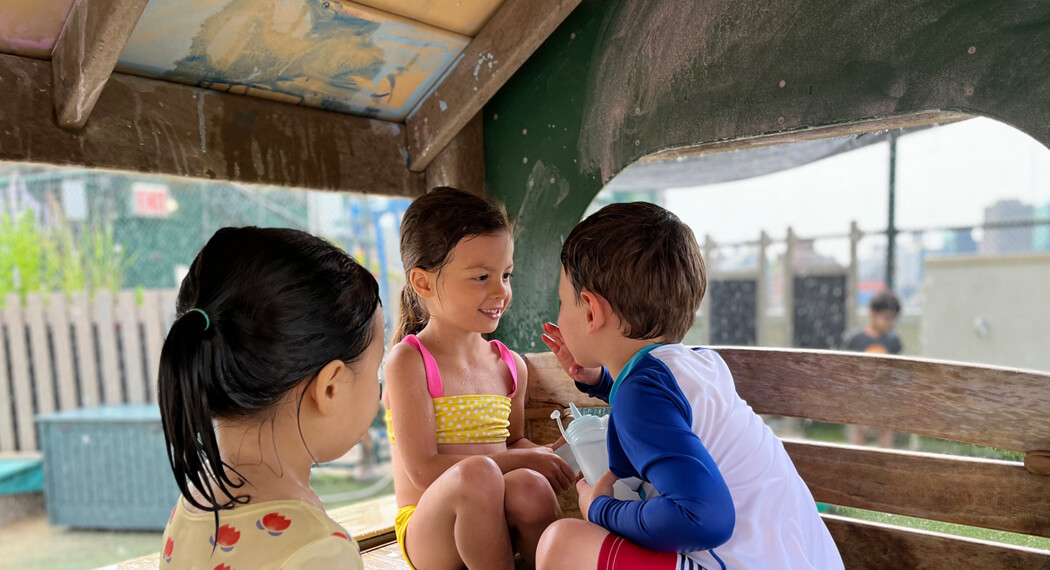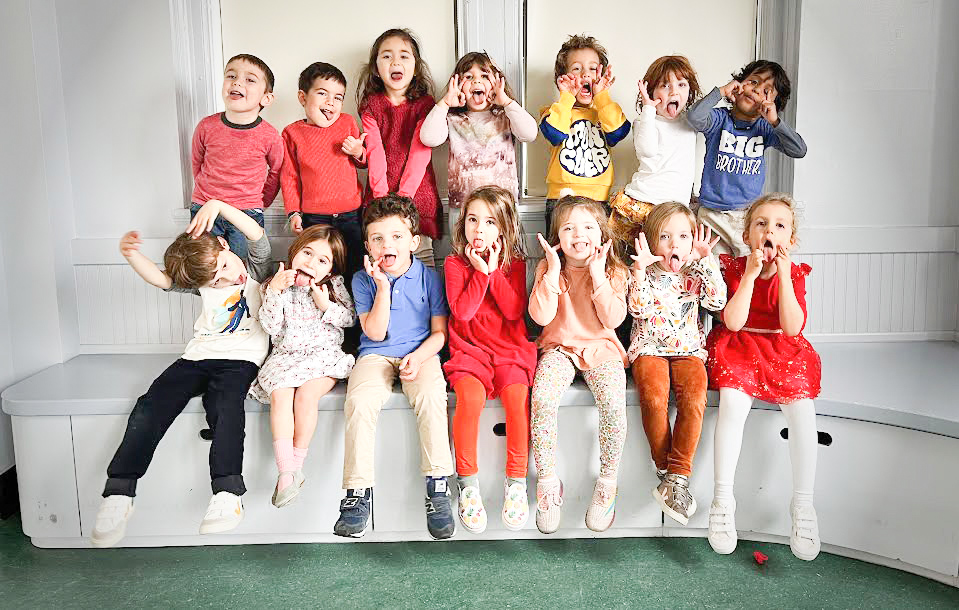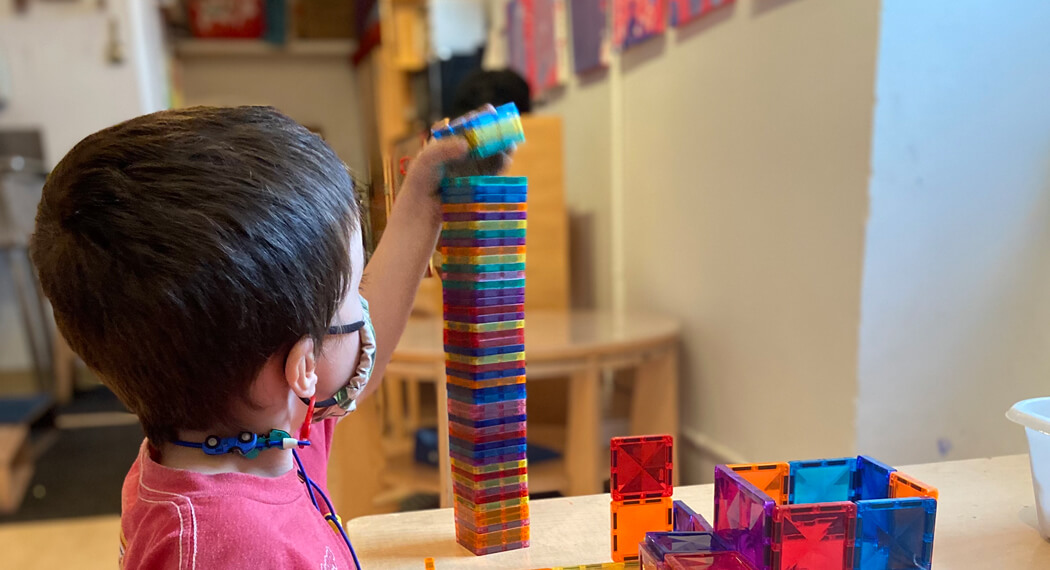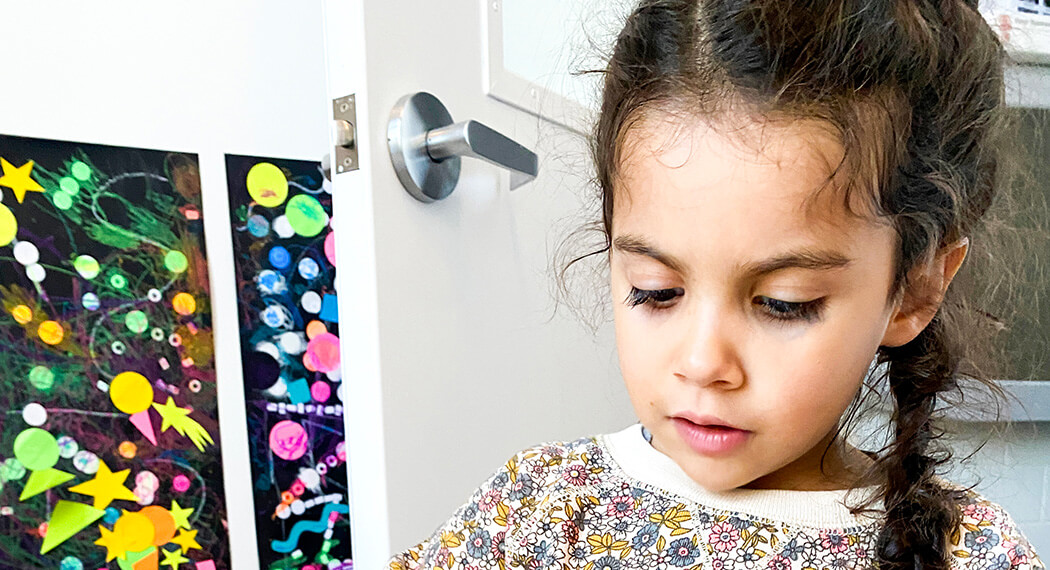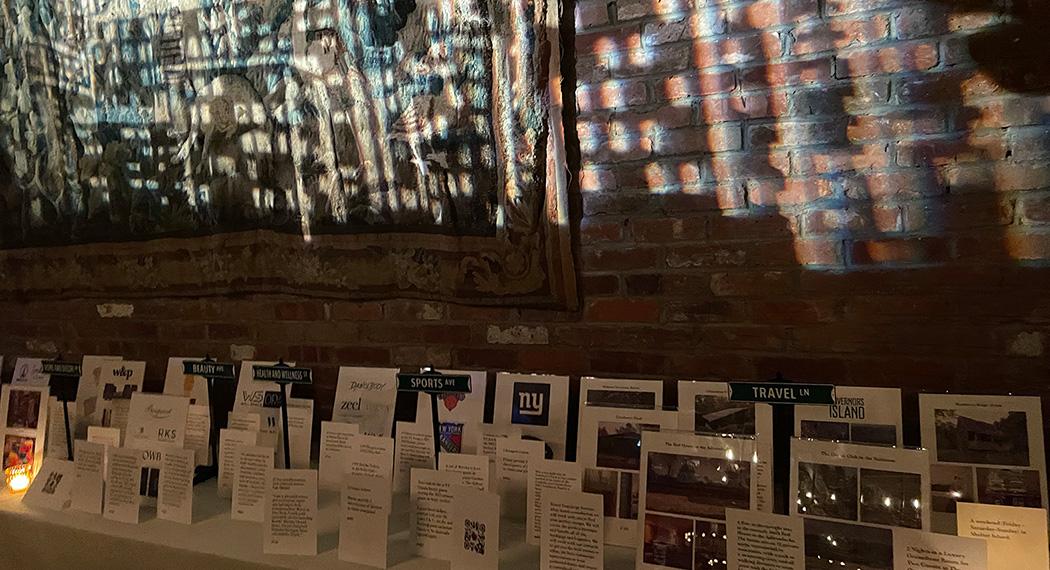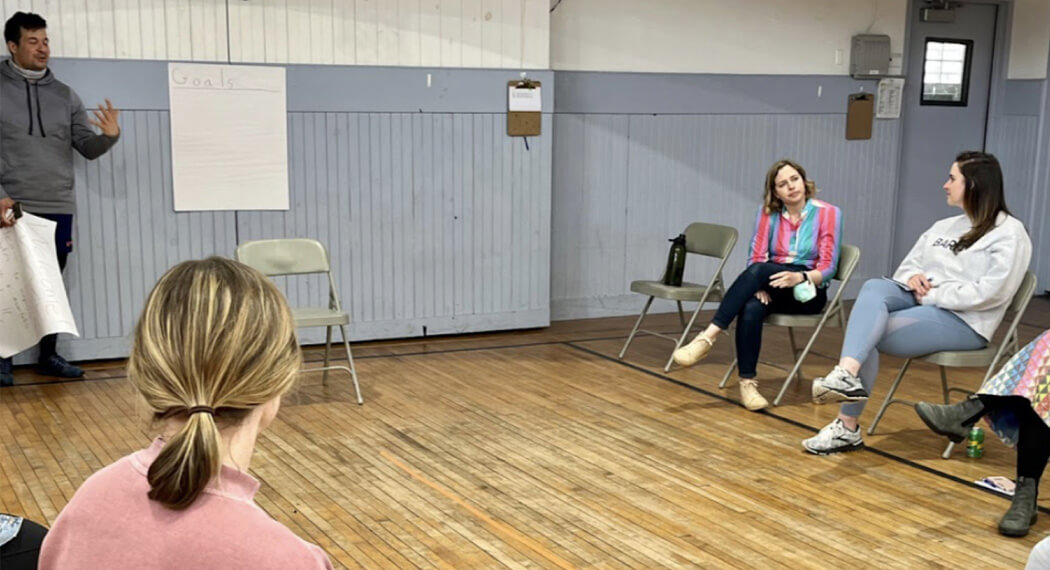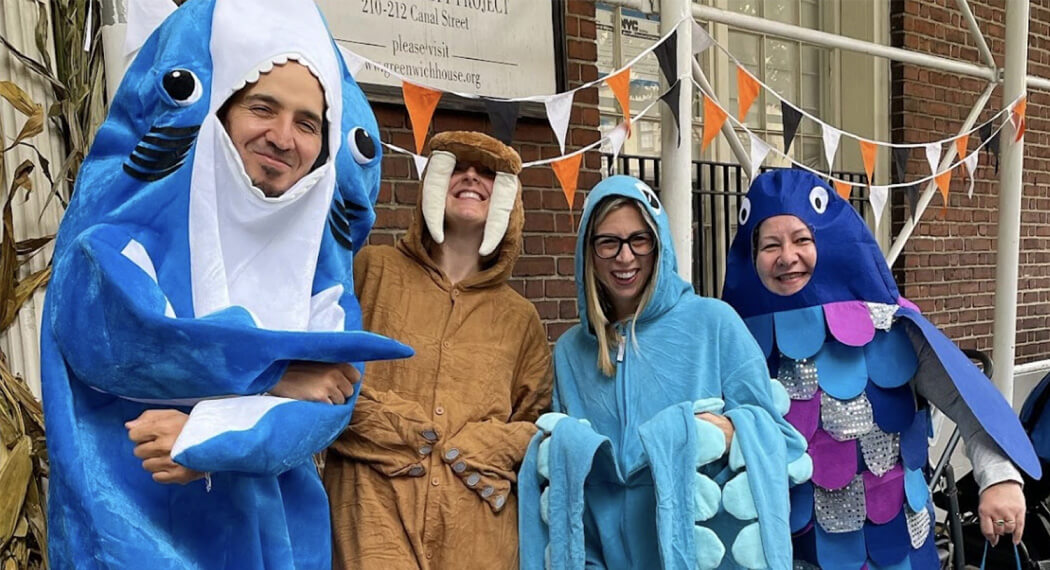On your child’s recent Early Learning Summary we shared individual goals for your child, consider this post an Early Learning Summary for the Yellow Room community.
As a teaching team, we create an emotionally responsive curriculum that uses child interests to motivate and inform our material and play choices. We refer to this web to reflect on and build our curriculum. This web is cool because when we share it with the students they can “read” the symbols and reflect on their own learning too.
We are the foundation layers, the first lines, and the people who have devoted our time and energy to noticing deeply the nuances and brilliance of toddlers.We know that at this age children move from an egocentric sense of self towards an increasingly collaborative and complex understanding of community.
They will and should make *a lot* of mistakes. Social dynamics are complicated, nuanced, and involve children slowly learning to integrate a series of skills in order to feel successful in friendship. At this very early age, conflict is natural, normal, and supported in a way that prioritizes boundary setting and self-advocacy. We call this a “ME to WE” curriculum.
“ME ” asks: Who am I? How am I the same at school? How am I different? Who is in my family? What do I do when I miss someone I love? What do I like? What don’t I like? Do I want to play that game? Do I need space or closeness?
“WE” asks: How can I join? What are the rules? What does my teacher expect from me? What is meeting and why do I bother coming to sit in a circle? Who is my “school family?” How do I belong at Barrow street? How can I show people I care about them?
You can expect — even count on — some amount of emotional tumult to be a part of your child’s experience. How could it not be? As children move from 2 – 3 their brains shift in a major way. Inconsistency is often the name of the game; we expect leaps, valleys, and plateaus. We know the importance noticing patterns and asking for insight when we see a child getting stuck in a valley too long.
Every choice we make comes back to the child; Why did they throw that block? What happened just before? Who was nearby? Are there too many (or too few) blocks right now? Did the child respond to a direct intervention OR would it be more successful to process in reflection later in the day?
Patience, curiosity, and collaboration are best practices for all who work with young learners. We meet the child where they are and keep our minds open to the possibility of what we are building together.
Do you find yourself asking similar questions at home?
Here’s What This Web Looks Like In Practice:
Practicing being helpers
Moving our bodies together. It always helps to do a little yoga before a transition.
Learning about scissors and practicing cutting
Everyone is busy, engaged, low to the ground. We feel safe, secure, supported, and empowered in here.
Reading about big feelings like sad and practicing moving through
Coming together
Box of Stories are like miniature worlds (think of polly pockets created by teachers with loose parts and found objects) that invite children to play through transitions they experience outside of school like bedtime and going for walks.
Using tools with purpose with open ended materials. This bin of balls has been a puppy bat, kitchen, love soup, and much more.
Feelings chart hang near out snack tables and invite children to share their feelings. We have many types of charts, even some child made artwork that works great as a feelings discovery tool.
How do instruments talk? Ozan taught us about the Kalimba or “thumb piano”
A favorite book in the Yellow Room right now
Sequencing stories and putting together puzzles
Scissor birds cut paper with their sharp beaks. Using tools with purpose. “Tools are not toys. Tools have rules.”
How many trains in the train store today?
Studying “PROTECTION:” What keeps us safe? We use hula hoops covered in fabric as “circles of protection” that make clear the boundary between my work and your work (“me” work and “we” work).
Building a home for squirrel with REAL turtle shells around it.
We notice and wonder deeply in the yellow room!

